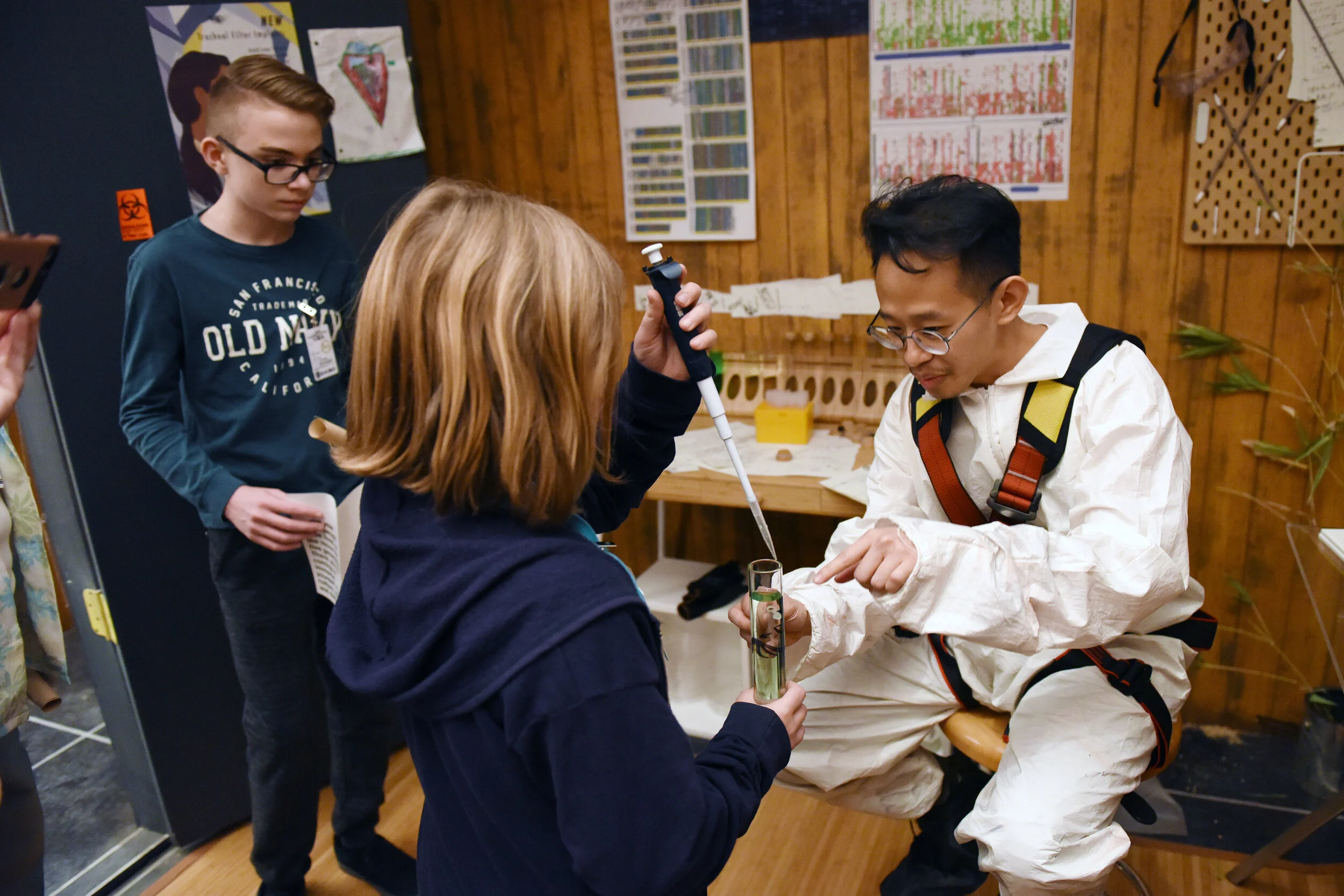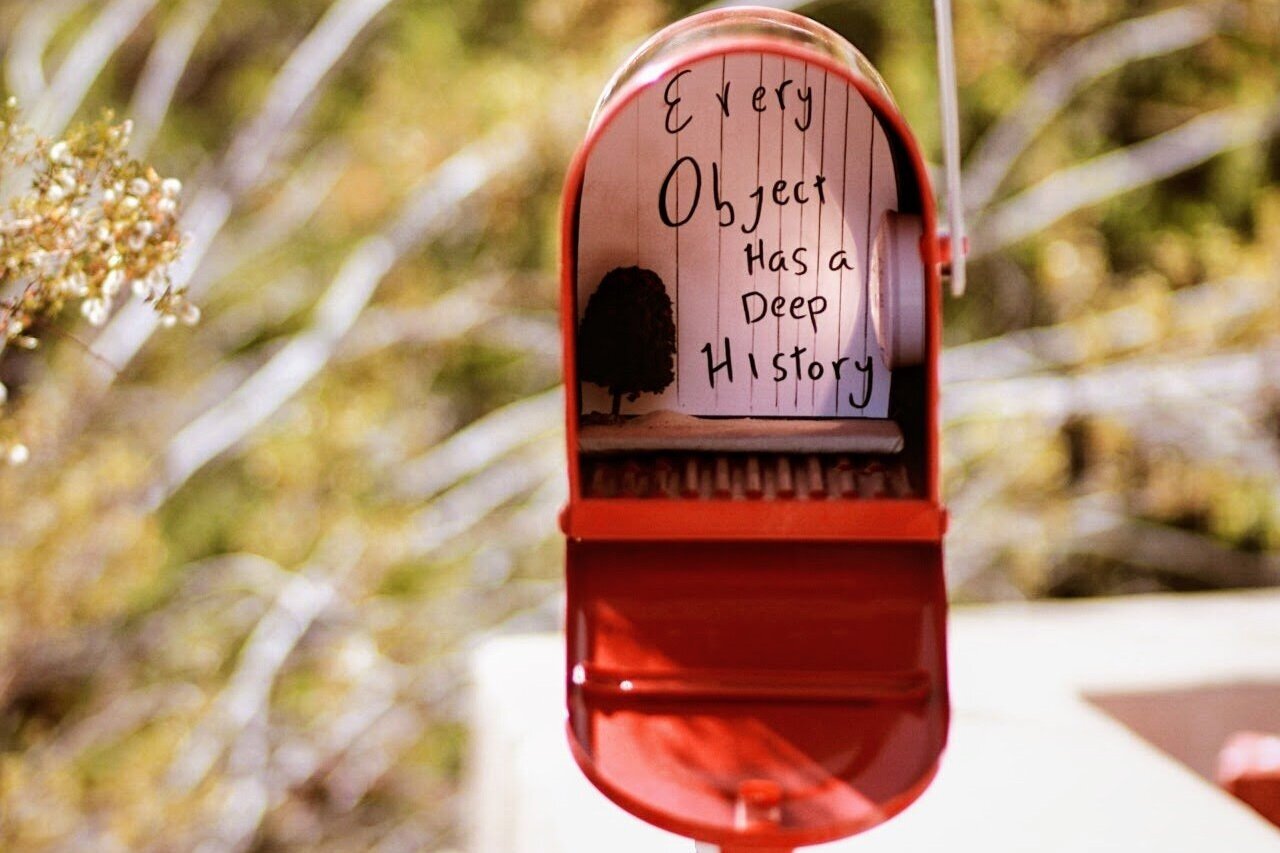Science is an act of love
Whenever I interview a scientist, I can always feel the love behind their words.
Whether it’s beekeeping, volcanology, astrobiology, or sustainability: the driving force I find is: care expressed through curiosity.
I love being an artist in science spaces - there is joy in that space.
As part of my work, I offer science communication training, broader impact development, and my artmaking as an artist-in-residence.
Animating Research
Arizona State University Class
Animating Research was a class I co-taught with Liz Lerman at Arizona State University.
It paired developing artists with working scientists and invited them to create ways of communicating.
The class culminated in a travelling performance in the BioDesign building.
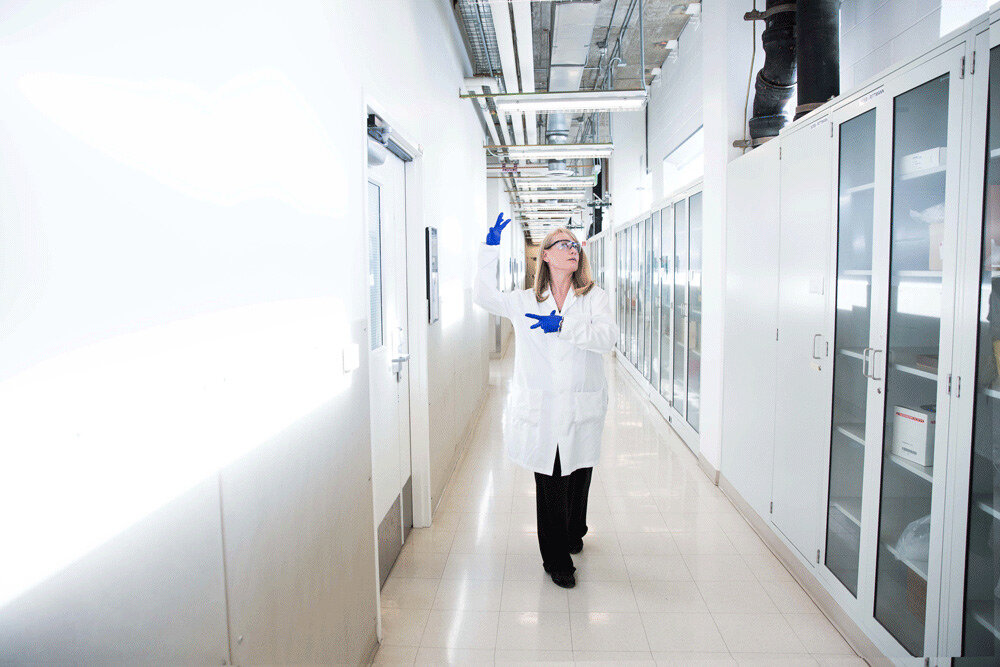


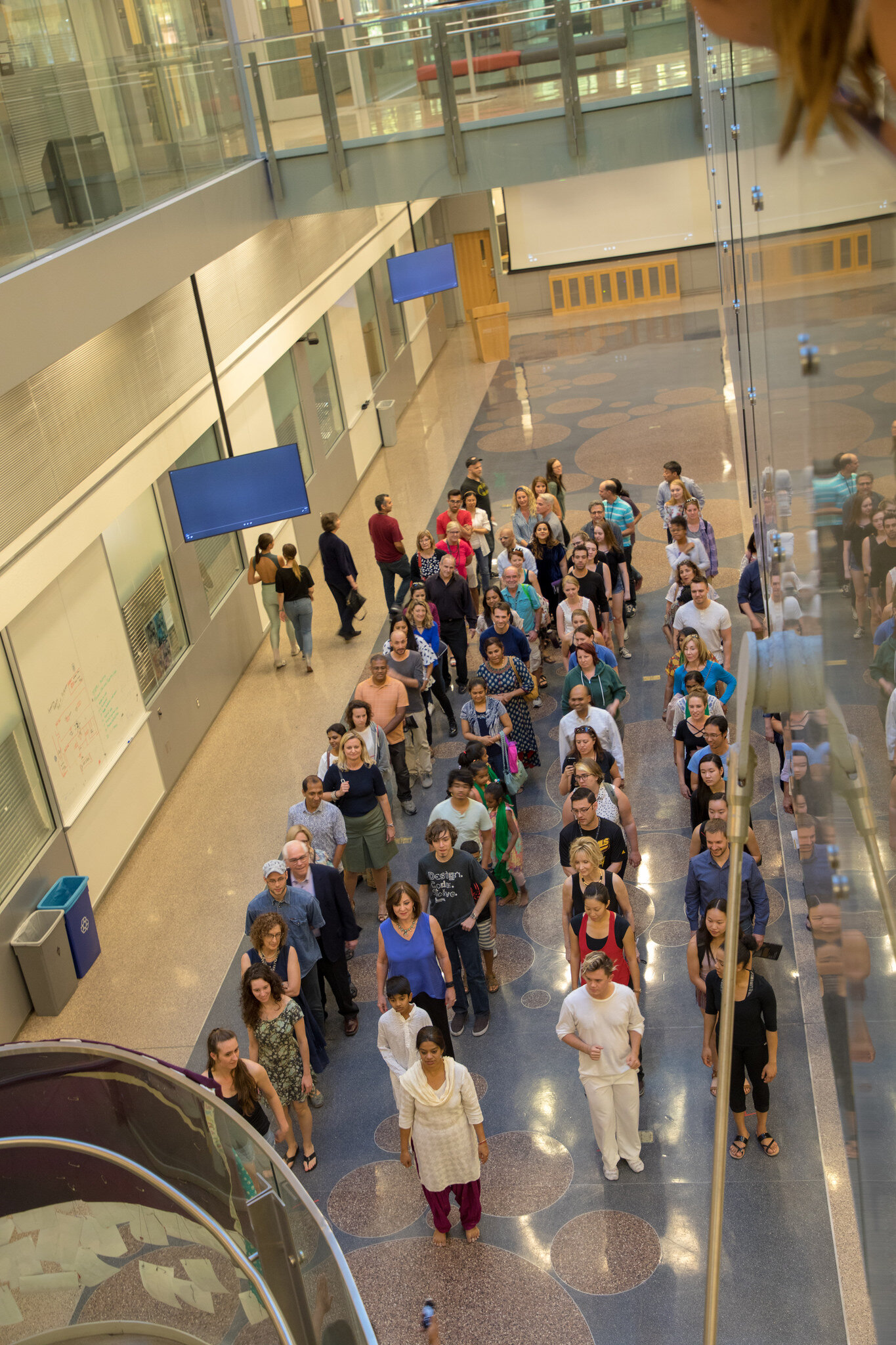
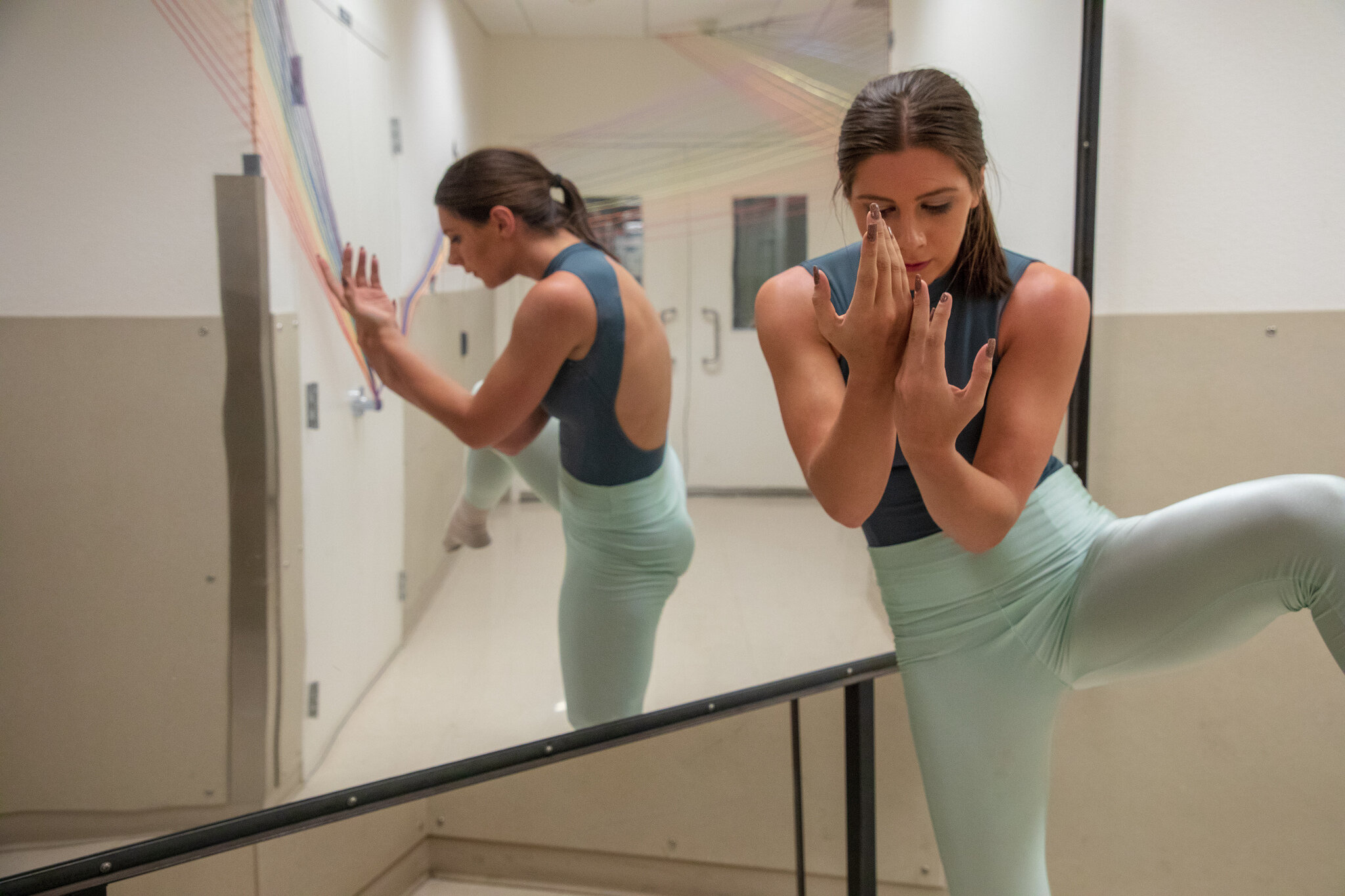
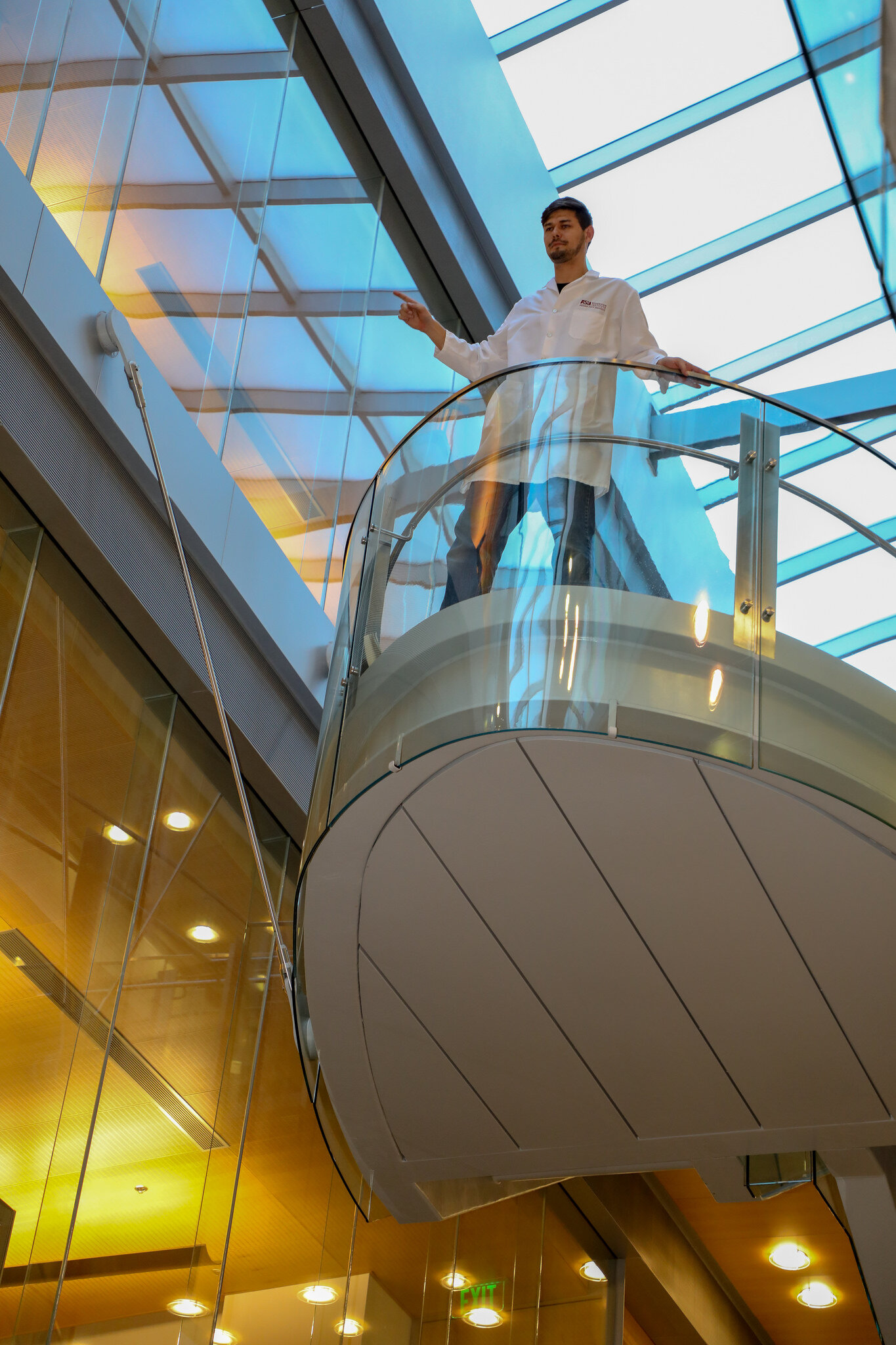
Mars Mobile Habitat (MORIA)
Arizona State University - Interplanetary Initiative Project
MORIA is an imaginary mars-based mining company that started operations in the year 2071.
The company is a narrative-frame for a science communication project aimed to help people imagine what living and working might be like on another planet.
The project is emergent and ongoing, with a physical museum launch scheduled for May 2021
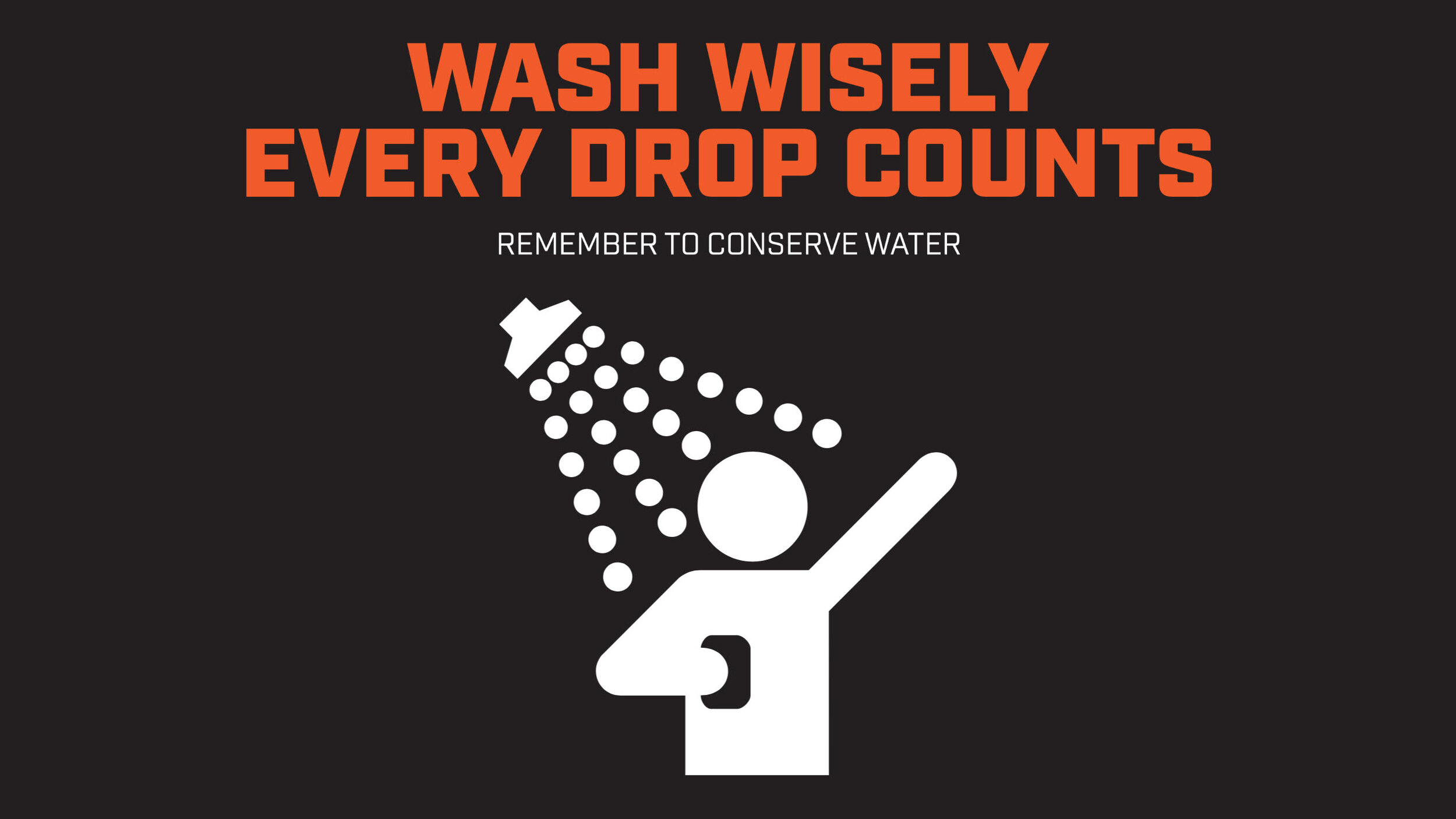
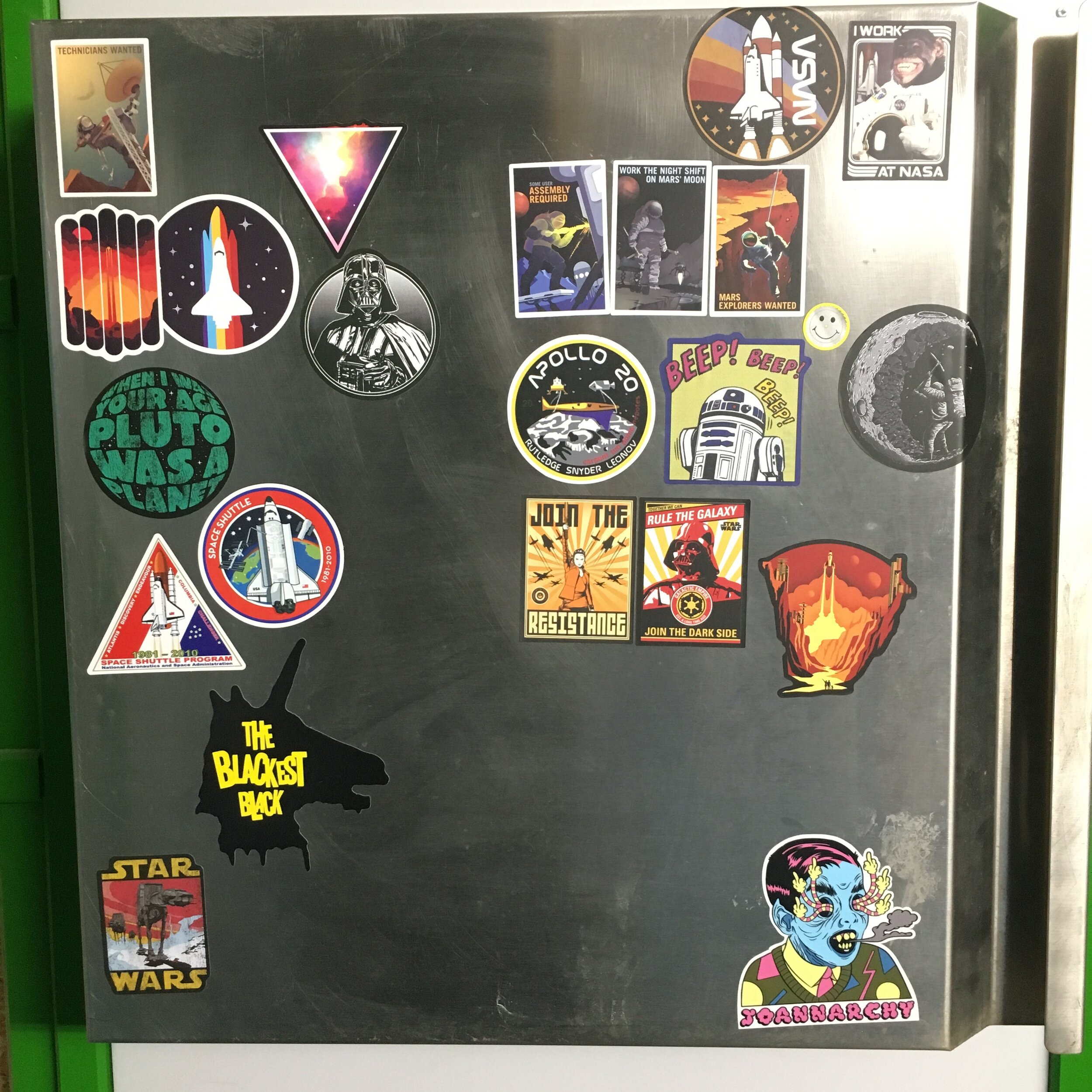
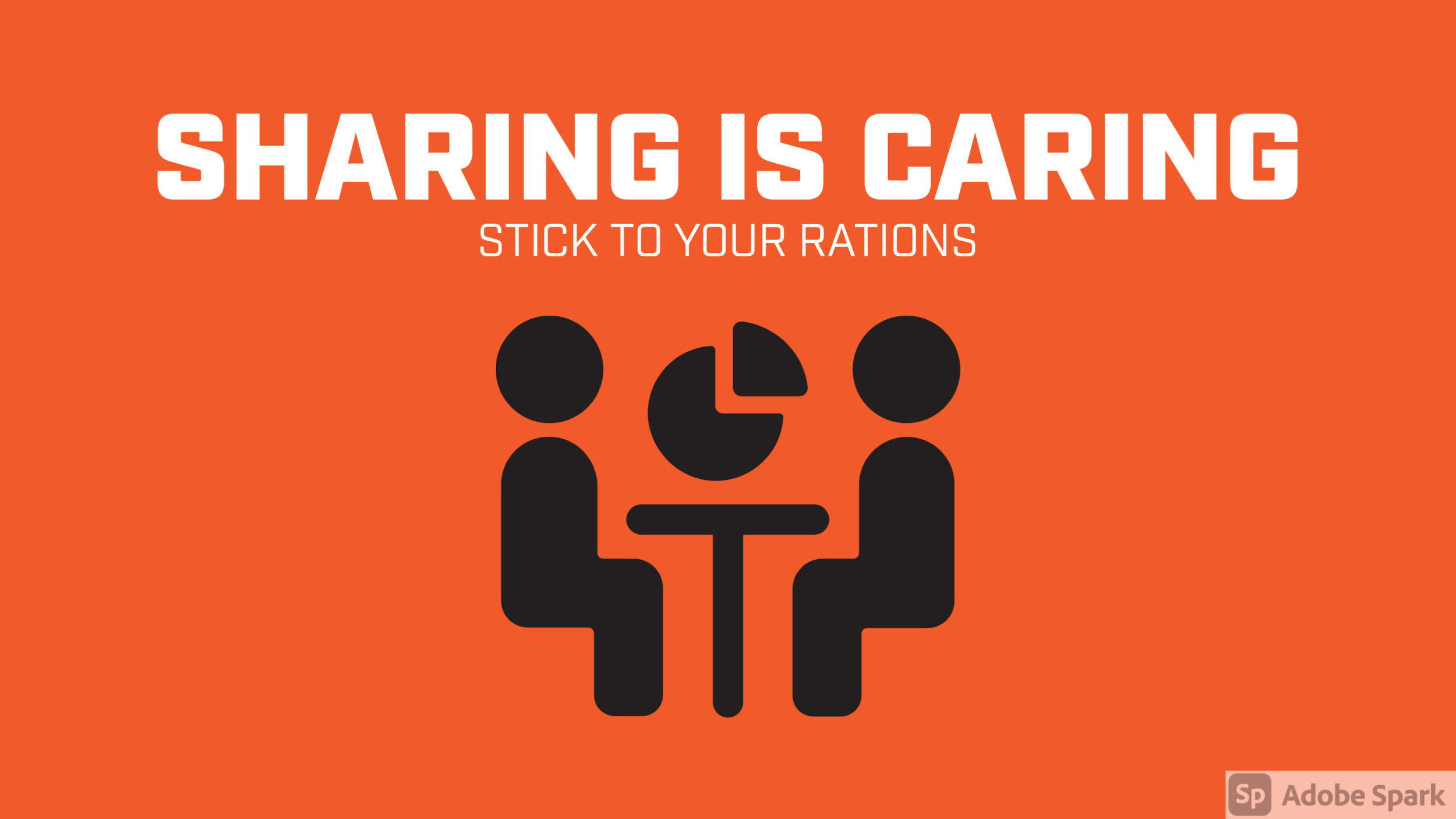


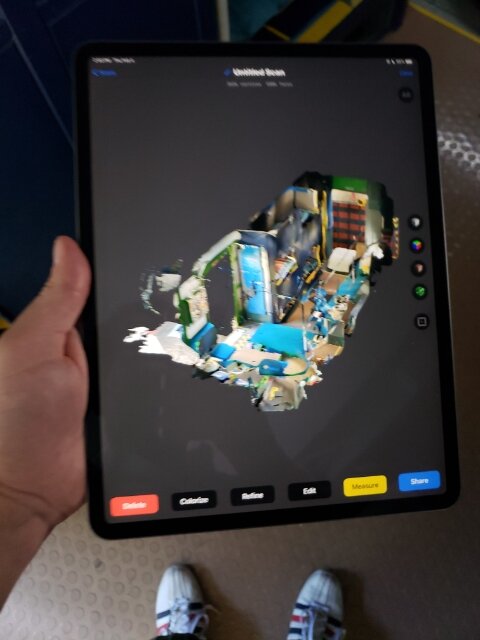
Many of my science communications projects have been under the company Catalyst (now Whistling Moon)
Emergence
An immersive play about the emergence of life on earth - built through collaboration with the ASU Astrobiology lab. The play starts an hour before the audience is born, during which time we must teach them everything they need to know about life. We fail.
The Source Project
A festival hosted by the Desert Botanical Gardens. We collaborated with sustainability scientists and students to create 13 exhibits around the gardens - each one teaching the public about a core truth in sustainability research.
Luna City
Luna City told the story of a community on the moon that was abandoned and learned to survive on it’s own. It was a collaboration between 200+ students, faculty and researchers and featured a fully immersive lunar habitat that the audience could visit.

